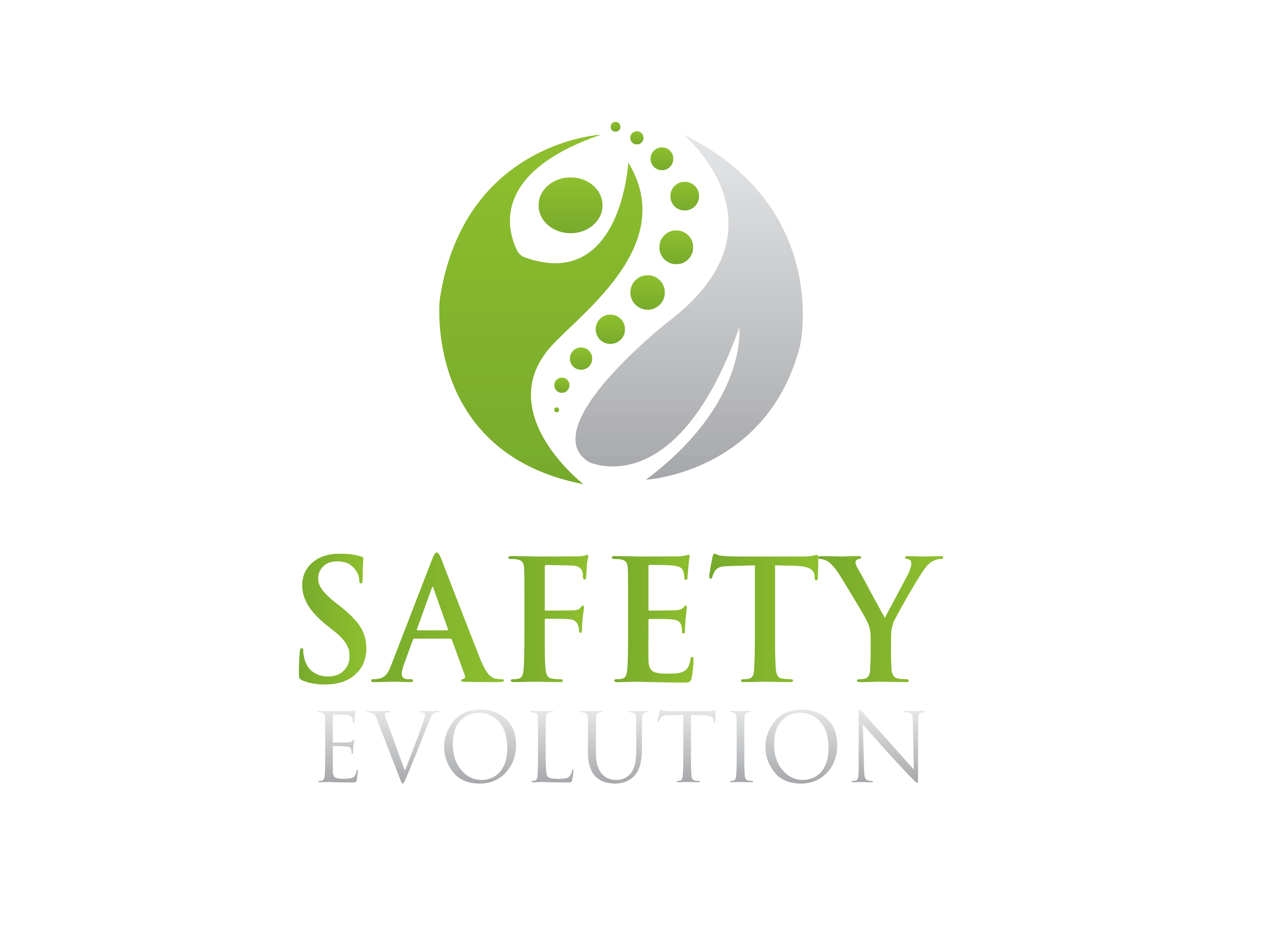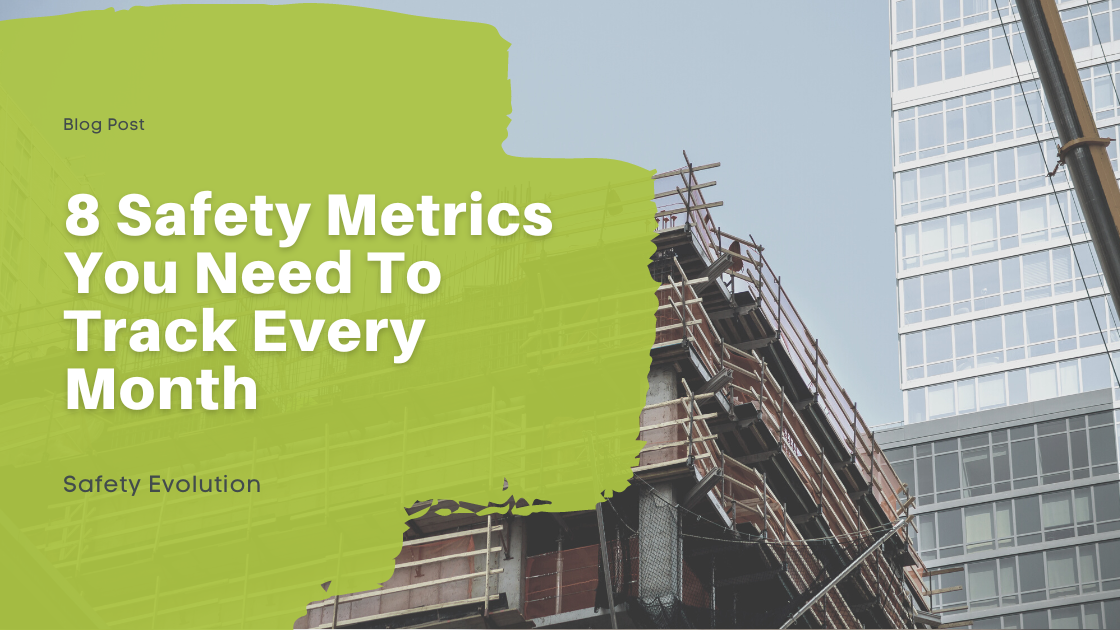Today more and more organizations are looking deeply into data to uncover new safety insights and make better-informed decisions. With so much data easily obtainable, building out your reporting dashboard from scratch can seem daunting. Where do you even start? Which key performance indicators (KPI) are most significant to track?
Consider the outcomes you want to achieve while answering the above questions. Typically the only metric that matters is incident rates. While you already track this internally, it's already reported to insurance. That makes this metric well-known and easily accessible. So, what kinds of metrics can you start tracking that could make the most significant impact on your incident rate?
This article covers the eight safety metrics your safety department should report on each month.
1. Toolbox Talks Frequency
Toolbox talks are something that every worker has done. Some call them safety meetings or safety briefs. These meetings typically last around 10 to 20 mins and either summarize on-site hazards and controls, cover a specific safety topic, or review submitted near misses.
The frequency of these talks has a direct impact on incidents. Data shows that in companies that perform daily safety toolbox talks, there has been an 85% decrease in total recordable incident rates, TRIR.
Starting each day with a toolbox safety talk reinforces those general safe work expectations and obligations. More importantly, demonstrates to the workforce the importance of putting safety first daily.
You can learn all about Toolbox Talks and how to conduct them in our Ultimate Guide to Toolbox Talks.
2. Worker Participation
To prevent incidents, every organization member needs to be involved and actively participate in your safety program. That means every team member at every level must know the company's safety goals to contribute adequately. When measuring worker participation, a few key safety metrics to track each month include:
- Number of safety meetings attended
- Amount of training courses completed
- Total inspections conducted and submitted
- Completed corrective actions
Safety Evolution makes this easy by digitizing your safety program. You can gather these numbers in one minute to produce your monthly or quarterly KPI reports. Check out our Form Designer to learn more.
3. Safety Program Performance Reviews
Safety program performance reviews should be completed with all workers twice per year, and they are a way to create accountability for the workers. They also allow management to review what is working and, more importantly, what isn't. Understanding where safety is breaking down is essential to implementing a thriving safety culture.
Reviewing how many incidents took place, how many near-misses were submitted, and what survey results from field staff look like highlights overall workforce engagement.
These are key and need to be reviewed regularly with your workers.
4. Corrective Action Completion Velocity
Knowing how many corrective actions are created and closed monthly is fantastic but doesn't show a complete picture. Do you have aging corrective actions open for weeks or months?
The corrective action process is vital to all control points in a company's safety program. Measuring the average time to complete corrective action items can expose potential flaws in every step of a corrective action process, from being issued to acknowledging receipt, follow-up, completion, and verification.
This metric will show if any of these steps is weak.
Safety Evolution eases the tracking of corrective actions with built-in workflows from your digital forms. It all starts with our Form Designer, as repairs, deficiencies or hazards are reported by workers in their safety forms, instant corrective actions/work orders are initiated for the site supervisors. Learn more about Safety Evolution's Form Designer here and start your free trial!
5. Employee Training
Tracking employee training records can seem tiresome, but it's one of the essential safety metrics to track each month. Stay on top of which team members have valid training certificates, which ones will expire, and how many expired tickets there are shows you're taking a proactive approach to workplace safety and can help you stay compliant.
Tired of tracking certificates in Excel and chasing workers to get re-certified? Check our Safety Evolution's Learning Management System with built-in expiry notifications.
6. Non-compliant PPE Use
The use of PPE can be monitored through regular safety audits of workers in the field. Send your safety staff to the field to log observations of proper and improper PPE usage. Track how many observations were made each month and how many of those observations were deemed unsatisfactory.
Take steps to improve this ratio and your score, and be sure to present these numbers to your workers regularly. It's essential not to use this to place blame but to keep it higher level so your workforce can see how important it is to you.
Implementing a BBS program can be challenging. Capturing analytics from those forms is time-consuming and almost impossible. Not anymore! Safety Evolution allows you to easily build BBS forms for your workers to complete anywhere, at any time.
7. Incidents and Near Misses
Usually, organizations focus most of their reporting on lagging indicators, like incidents (TRIR and DART) and near misses. Measuring these lagging indicators tells us how we've been doing and provides a solid foundation to build on. Once you've established your baseline, you can then contemplate putting checks in place to improve these key safety metrics.
Do your workers have access to incident and near miss reports in the field? Check out how Safety Evolution gives access 24/7 to these reports with the offline/online Mobile App.
8. Safety Program Goal Setting
Implementing a directed process to evaluate safety program needs and establish safety goals leads to a 48% reduction in TRIR and a 50% reduction in DART.
- Action plans developed and documented.
- Progress tracked and reported.
- The CEO works with staff to review goals, plans and reports and to provide direction.
- Action plans evaluated for effectiveness.
Measure how many of your workers set a safety goal every month. You do not measure their goal specifically, just whether or not they set one. The simple act of a worker having to think of a goal, decide what to measure, and decide if it was achieved or has failed is enough to gain all of this metric's incident-reducing benefits.
STOP WASTING TIME FILING PAPER FORMS - Have Our Team Digitize Your Forms For Free
Now that you have a more reliable idea of the safety metrics to track each month, it is time to digitize your safety program to make it attainable.
Go paperless in under 48 hours by having our team digitize & build all of your most important forms for you, for free.
All you have to do is click the link below, book in a quick 15 min set up call, send us your forms & our team will take care of the rest!
Sign up below for our weekly newsletter with helpful safety content, including weekly toolbox talks!



